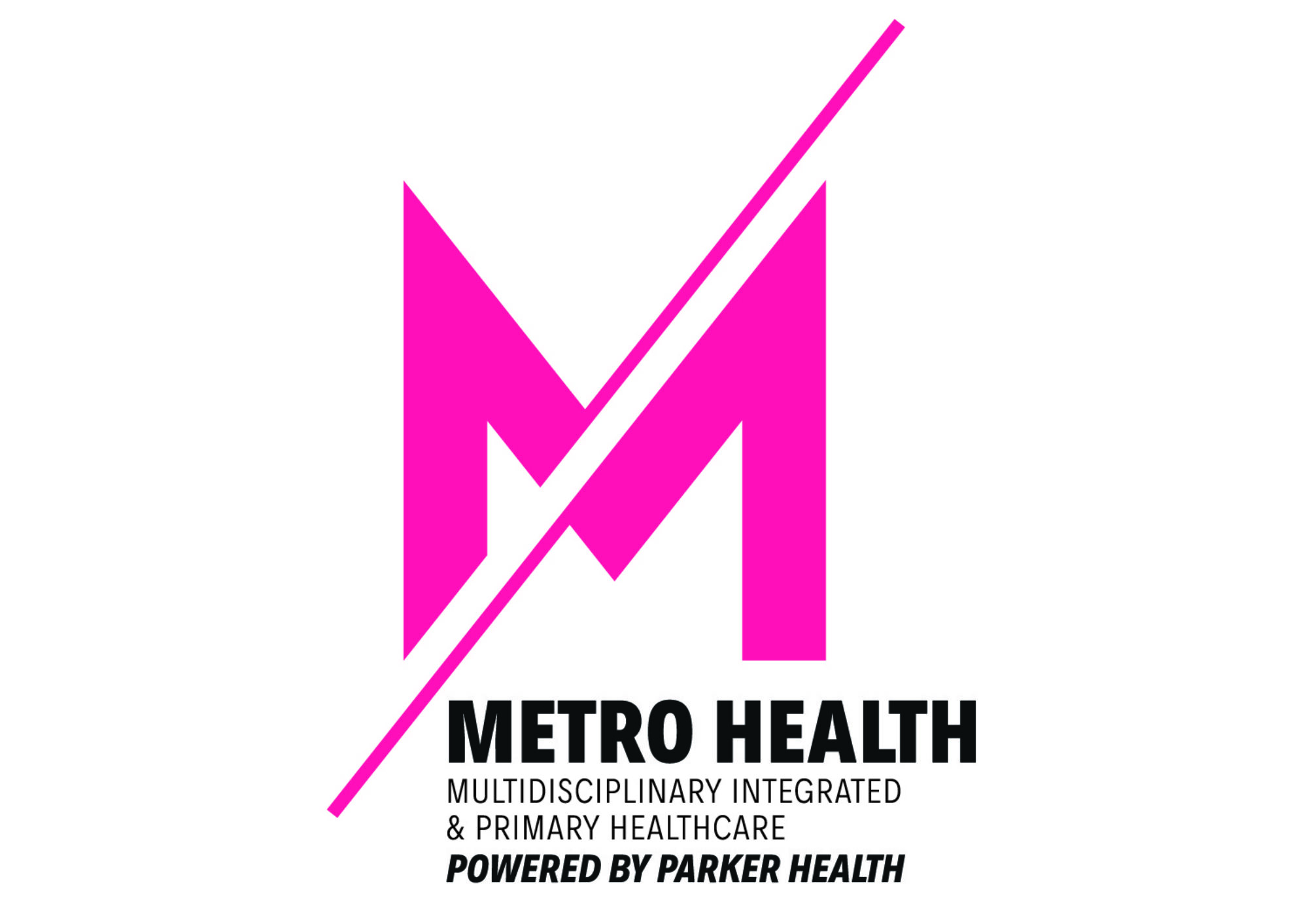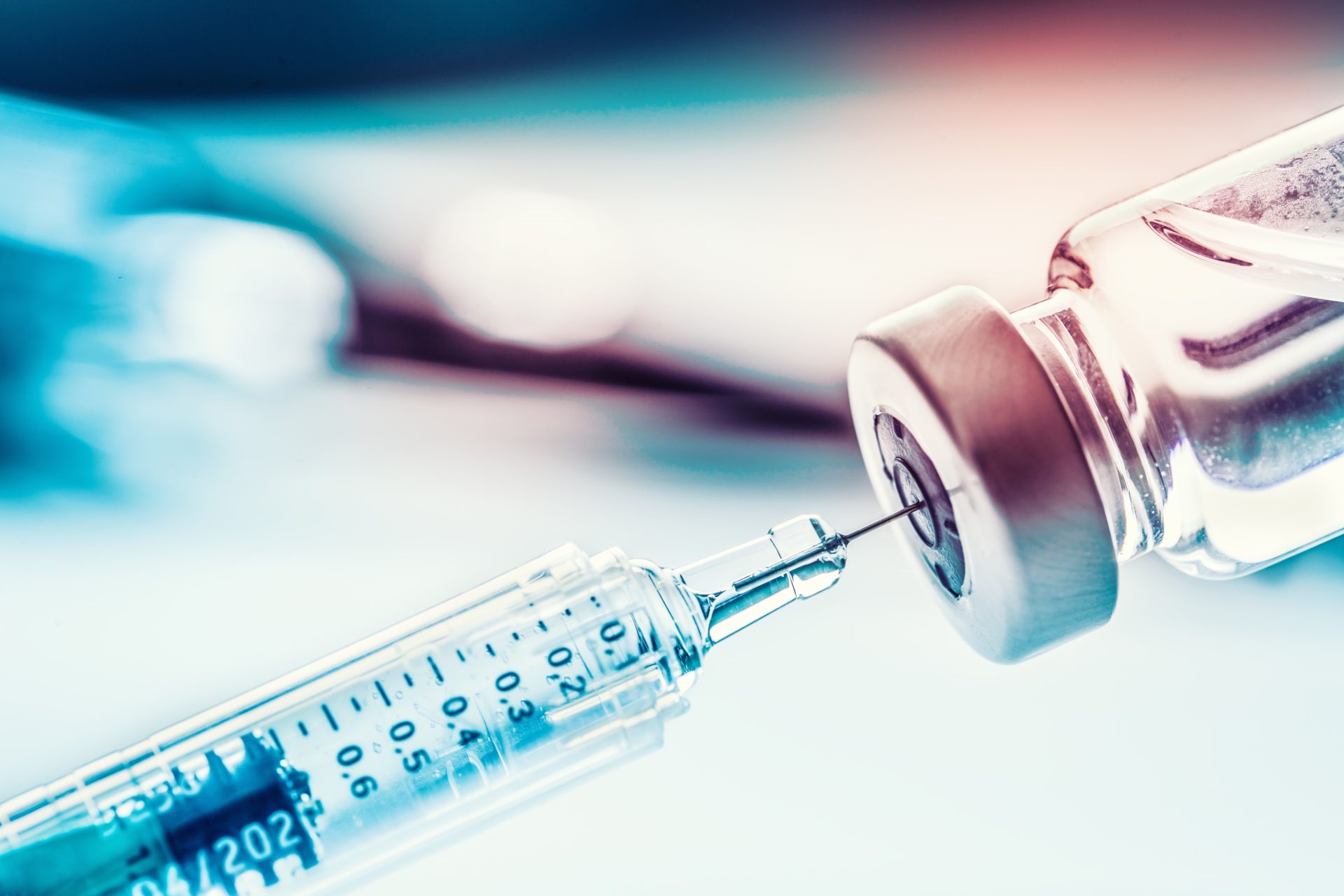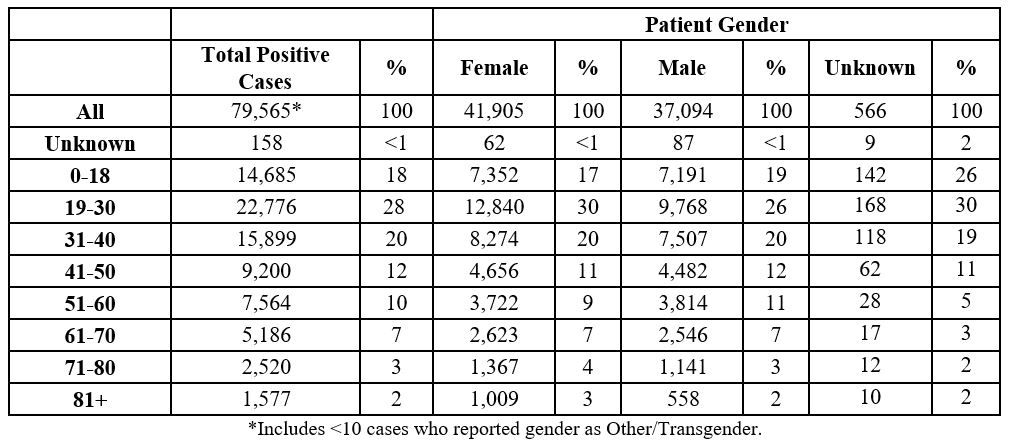Preventing the spread of the novel coronavirus (COVID-19) requires that everyone in our community be mindful and vigilant about staying safe. This means finding ways to protect yourself, your family, and community, while also making sure that your frontline healthcare workers and first responders have the supplies they need (such as N95 respirators and medical face masks) to keep themselves and the community safe.
(Washington, DC) The District’s reported data for December 22, 2021 includes 1,904 new positive coronavirus (COVID-19) cases, bringing the District’s overall positive case total to 79,565.
The District reported no additional lives lost related to COVID-19.
Tragically, 1,207 District residents have lost their lives due to COVID-19.
Visit coronavirus.dc.gov/data for interactive data dashboards or to download COVID-19 data.
Below is the District’s current Key Metrics Summary Table.
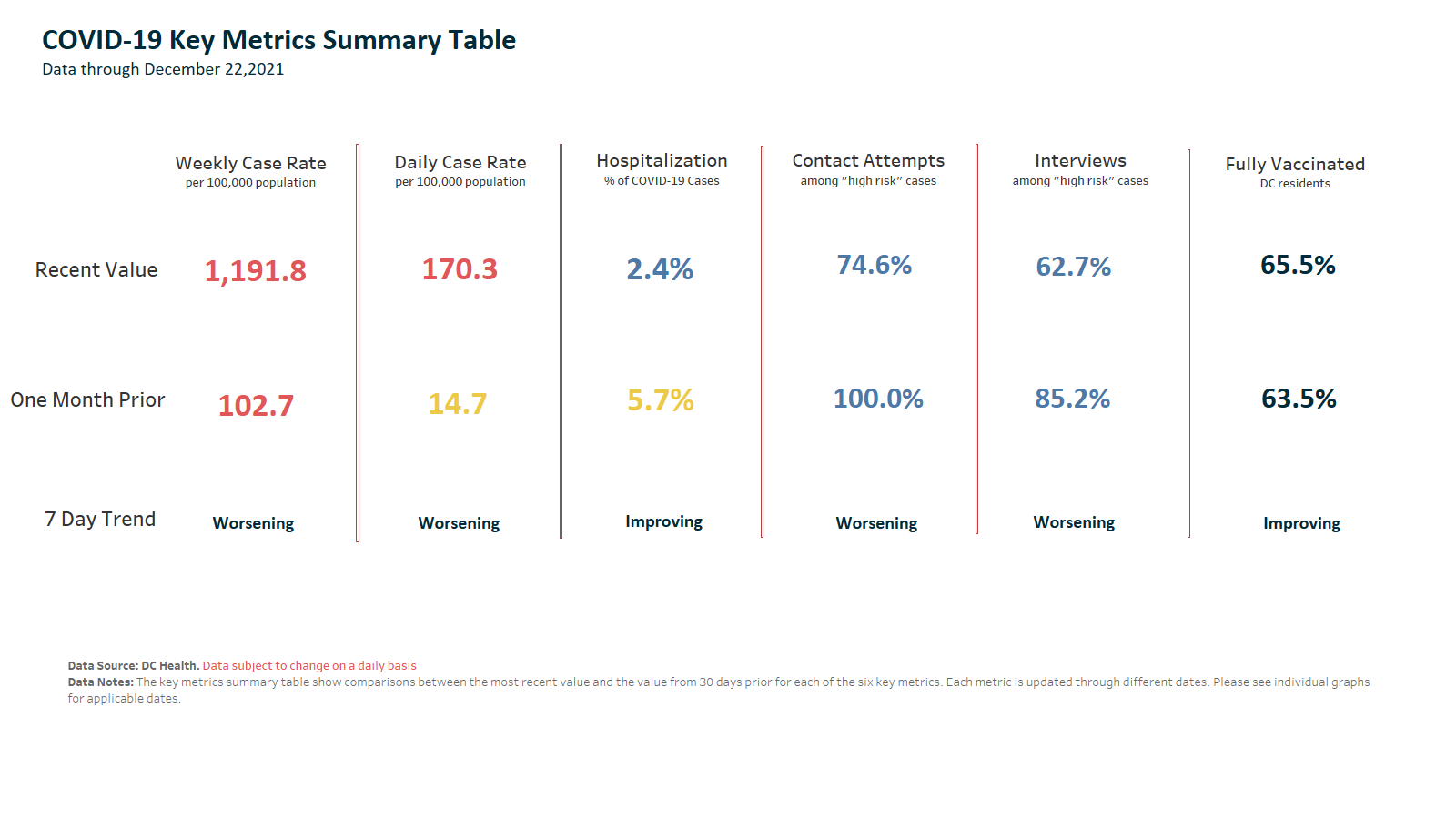
Below is the District’s aggregated total of positive COVID-19 cases, sorted by age and gender.
Below is the District’s aggregated total of positive COVID-19 cases, sorted by ward of residence.
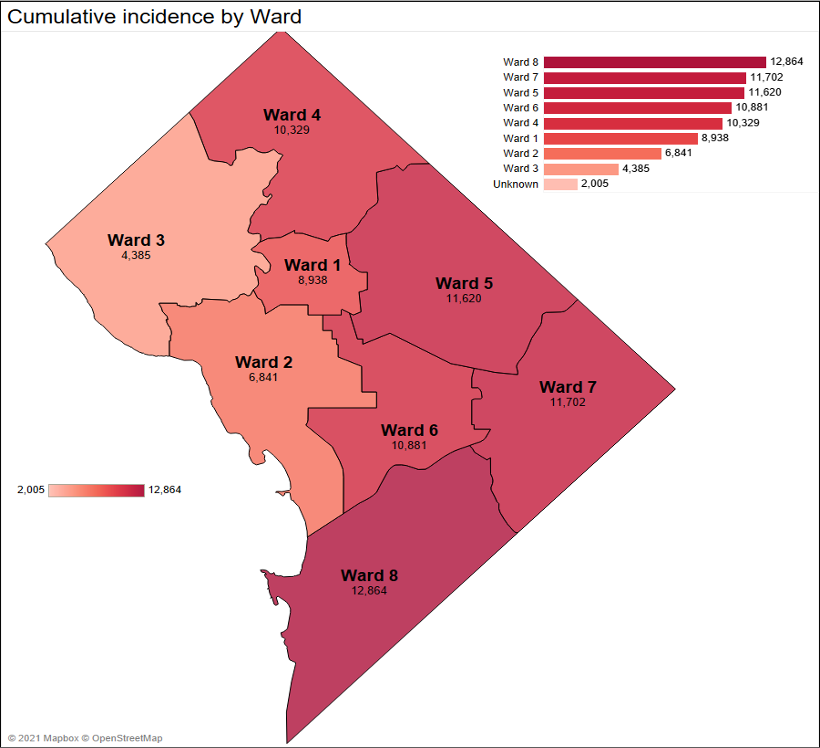
Mayor Bowser strongly encouraged all DC Residents to get their Booster Shot, Get Vaccinated and to practice the recommended social distancing guidelines by the DC Department of Health and the CDC.
Below are recommendations that the general public should follow when using a mask or other face coverings, to help protect themselves and others in the community from COVID-19. Please remember, the use of masks or face coverings do not eliminate the need for social distancing and staying at home when you’re sick! Please visit https://coronavirus.dc.gov to get the most up-to-date information.
So many kinds! What’s the difference?
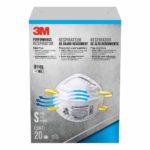
Respirator masks (sometimes called an N95 mask)
These should be reserved for healthcare workers or other professionals whose job tasks require their use.
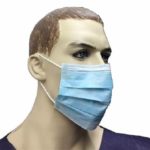 Medical face masks (also called surgical or procedure masks)
Medical face masks (also called surgical or procedure masks)
These are used by healthcare workers and sometimes members of the public who are sick or caring for
those who are at-risk.
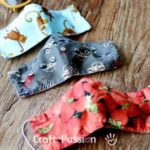
Non-medical masks (such as homemade masks, store-bought fabric masks, etc.)
These have become increasingly popular in the general public due to the COVID-19.
When to Use a Mask
Masks are effective only when used in combination with frequent hand-cleaning with store-bought alcohol-based hand sanitizer or soap and water.
You should wear a mask if:
o you are taking care of a person with suspected or confirmed COVID-19
o you are entering a healthcare provider’s office; or
o you are having respiratory symptoms, such as coughing or sneezing
If you are not able to wear a facemask (for example, because it causes trouble breathing), then you should do your best to cover your coughs and sneezes and people who are caring for you should wear a facemask
if they are around you. Members of the public should use cloth masks, and reserve the respirators and medical
masks for healthcare workers and those directly caring for confirmed COVID-19 patients. If you wear a mask, you must know how to use and dispose of it properly.
How to Use and Dispose of a Mask Properly
Before putting on a mask, clean hands with alcohol-based hand sanitizer or soap and water. Cover your mouth and nose with the mask. Make sure there are no gaps between your face and the mask. Avoid touching the mask while using it; if you do, clean your hands with alcohol-based hand rub or soap and water.
To remove the mask:
o Remove it from behind (near the earlobes) to avoid touching the dirty part (do not touch the front of the mask)
o Discard immediately in a closed bin, or in a hamper if cloth or re-usable
o Clean hands with alcohol-based hand rub or soap and water. Replace the mask with a new one if soiled or wet.
Keep in Mind:
Please don’t purchase N95 respirator masks (unless required for your job). Medical facemasks may be in short supply and they should be saved for healthcare workers, for caregivers and others who need them to stay safe on the job. Consider other non-medical face coverings (such as scarves and bandanas). Social distancing and staying at home are still the most important measures to help prevent others from getting COVID-19.
Stay safe!
